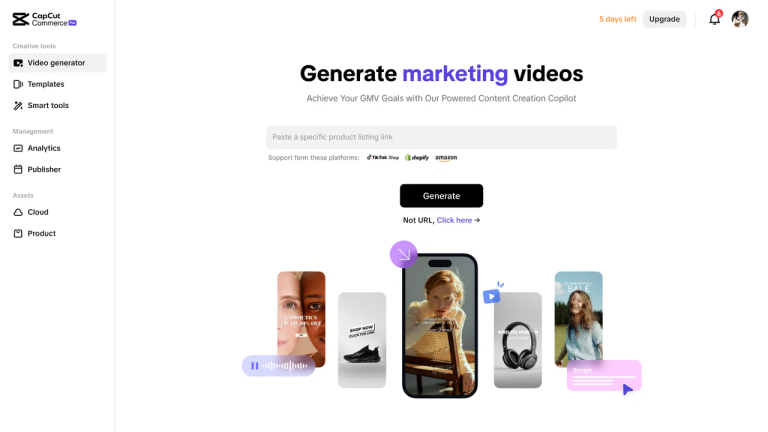Competition in the digital marketing arena is fierce as ever-increasing numbers of companies compete to be noticed in the inbox of the customer. Mass emails are no longer effective in creating engagement in businesses. That’s where email marketing segmentation strategy comes into play. When you segment your audience into smaller groups and customize the messages to them, you will be able to deliver a message that they will respond to, and convert.

So how can you better your email marketing performance through intelligent segmentation? New technologies enable businesses to free email template builder depending on demographics, behavior, purchase history and so on. This will not only increase open rates and click through rates, it will also establish a better relationship with your audience.
The Relevance of Customer Segmentation
Customers are not equal. The message a new subscriber requires is not the same as the one long-time loyal buyer requires. Categorizing your email list will make sure that everyone gets what he or she can relate to.
Advantages of email segmentation are:
- Increased activity (opens, clicks and conversions)
- Reduced unsubscribing rates
- Better ROI
- Improved delivery
By applying the right email segmentation strategies, you can build trust and drive more sales through targeted messaging.
Smart Email Segmentation Ideas
Depending on your business and goals, segmentation can take a great variety of forms. Here are some practical email segmentation ideas to get started:
- Demographics: Age, gender, income, job title or location-based segmentation to deliver messages that suit the profile of a customer.
- Purchase Behavior: Target customers by frequency of purchase, recency or expenditure. As an example: give a repeat customer a loyalty discount or a cart reminder to a first-time customer.
- Email Response: Segment the users of your groups by the way they respond to your emails. You can re-engage lost subscribers or give the most active users exclusive subscriber-only content.
- Interests or Preferences: Gather information by surveying or monitoring their behavior so as to categorize customers in terms of the product category they favour.
These segmentation ideas ensure your messages are highly relevant, increasing the likelihood of conversions.
Best Practices for List Segmentation in Email Marketing
Using list segmentation in email marketing effectively requires a strategy. The following is what you are to remember:
- Gather Significant Information: Begin by collecting pertinent information in sign-ups or monitoring the behavior. The more helpful the data, the better are your segments.
- Clean Up Lists Keep Lists Clean: Keep your segments updated in reference to user behavior or changes in interest. Eliminate the status of inactive users or transfer them to other segments.
- Avoid Over-Segmenting: Excessive segments might cause too complicated campaigns. Concentrate on those areas which fit into your business objective.
- A/B Test Segment: Use various messages on different segments to find out which is performing the best. This can help you refine your email marketing segmentation strategy over time.
- Use Automation: Use leverage tools to dynamically segment users into the correct segments based on a trigger or behavior.
The Tools to facilitate Segmentation
In order to carry out these strategies effectively, you will require effective email segmentation tools. These sites have tools that enable marketers to design, administer and evaluate segmented campaigns easily.
Following are some of the best tools:
- Mailchimp: Best among the beginners in automation and ready-made segments.
- Klaviyo: Ideal to eCommerce brands whose behaviour could be monitored real time.
- ActiveCampaign: ActiveCampaign provides strong automation and segmentation rules.
- Beehiv: Integrates CRM with email to make a profound personalization.
All the tools have their own advantages, so select the one that fits your business size and aims.
Final Thought
In the current competitive email marketing environment, segmentation is not an option anymore. Whatever your aim is, be it to increase engagement or minimize unsubscribes, or in case you need to sell more, a properly conducted segmentation strategy can be a game-changer.

Start small by testing a few email segmentation ideas and gradually build a robust email marketing segmentation strategy that aligns with your customer journey. Using the proper strategy and the most effective tools of email segmentation, you will make your email list one of the most potent marketing tools.






